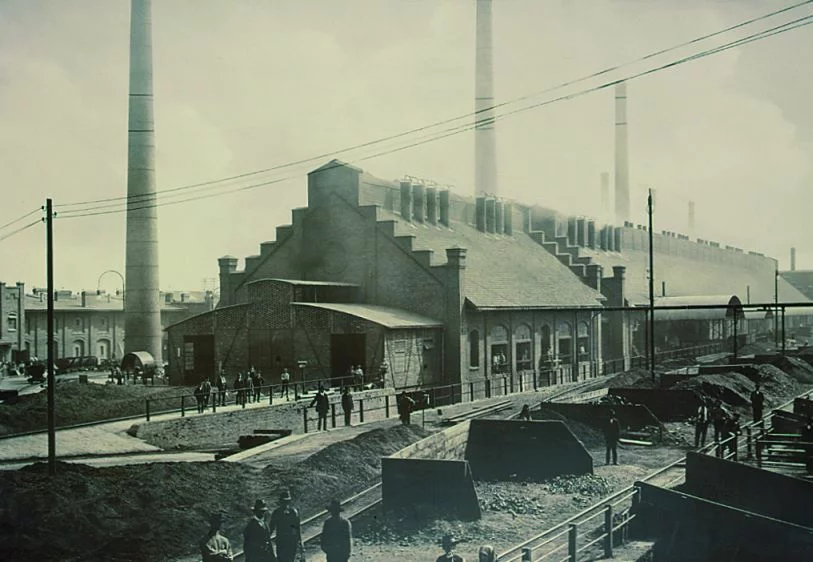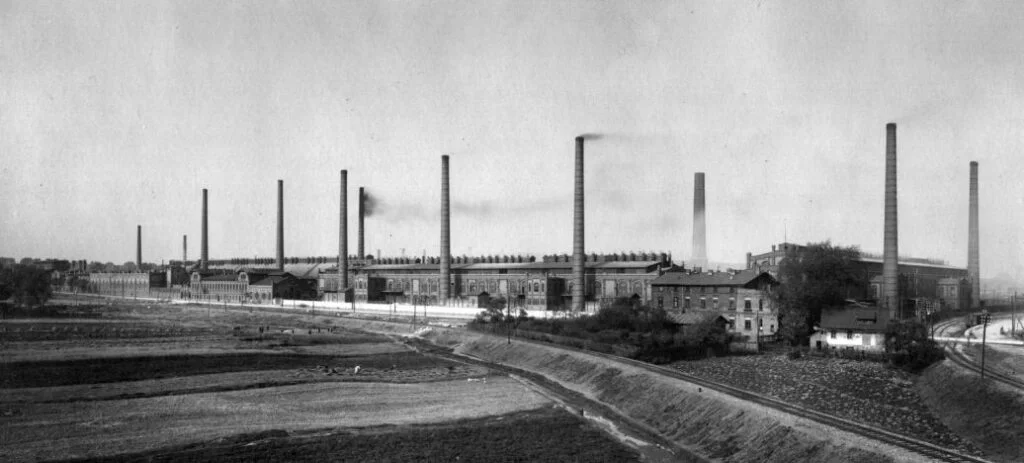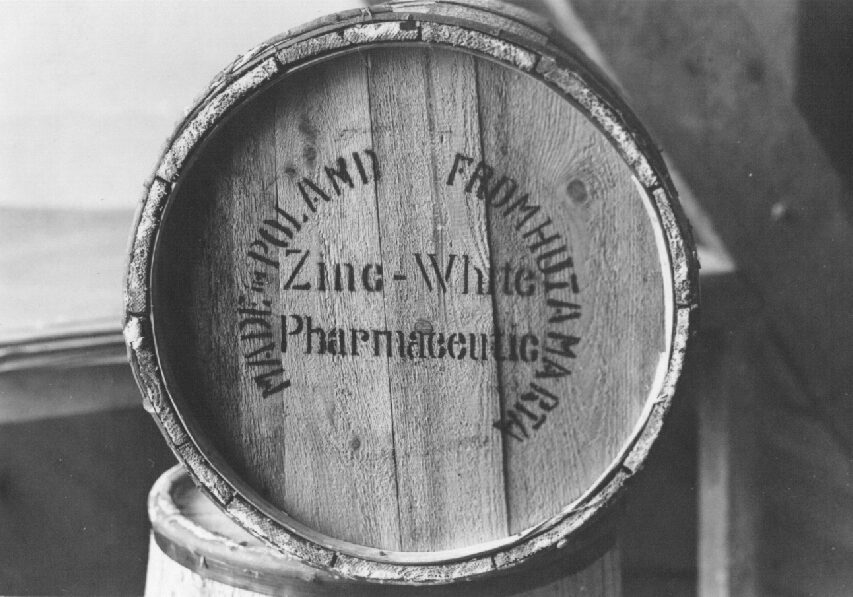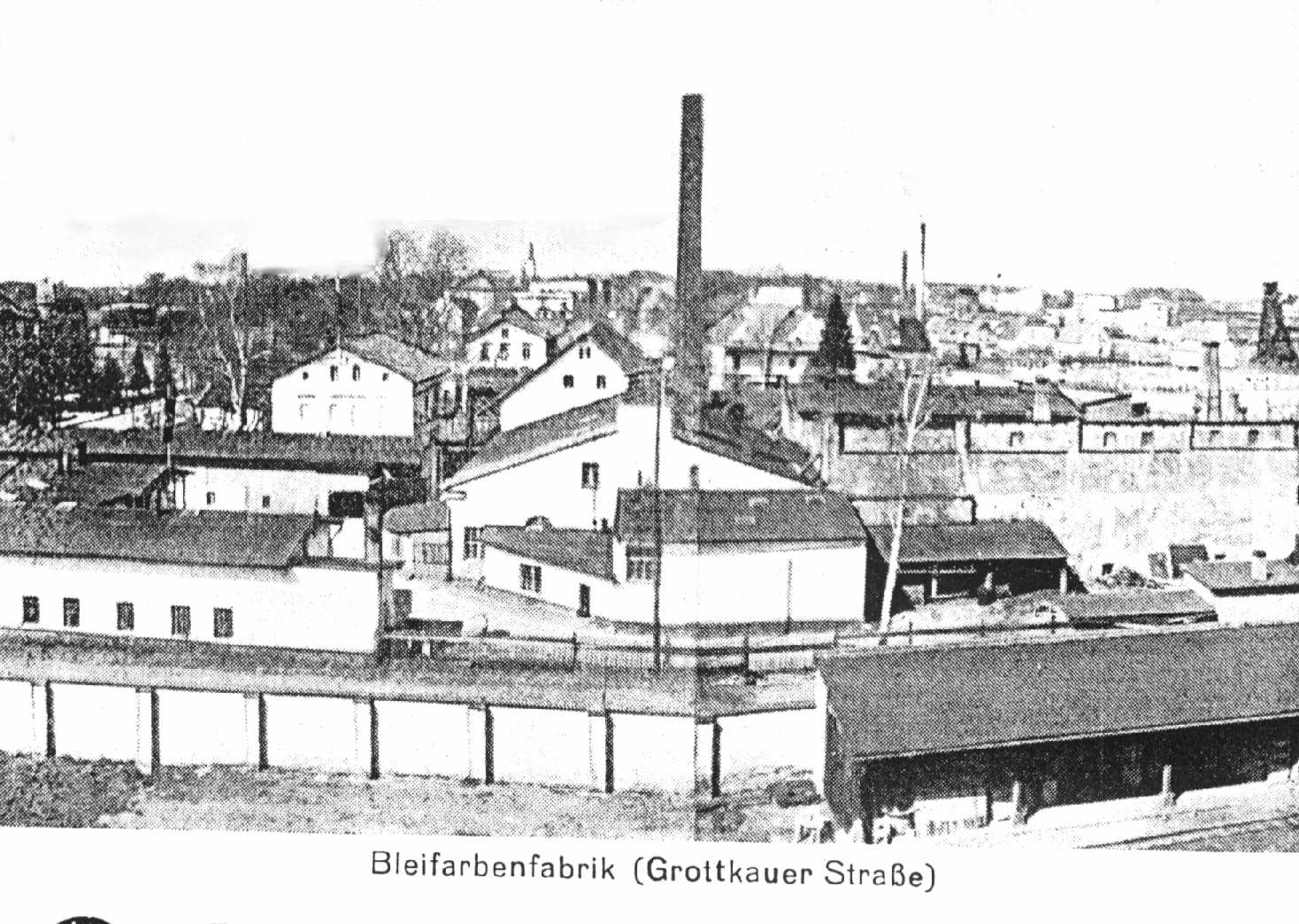COMPANY HISTORY
History of ZM SILESIA SA and Its Branches
ZM SILESIA SA is a company with over 170 years of tradition in zinc metallurgy and processing.
Its heritage has been shaped by three main centers: the plants in Świętochłowice-Lipiny, Katowice-Wełnowiec, and the Oława Branch ("Huta Oława”).
Each of these sites has played a significant role in the development of the non-ferrous metal industry in Poland and Europe.

Hohenlohe Smelter in Katowice-Wełnowiec – First Half of the 20th Century
Our Roots – Lipiny and Wełnowiec
Huta “Konstancja” – Lipiny (1847)
The company’s history dates back to 1847, when the “Konstancja” smelter was established in Lipiny (now part of Świętochłowice) by Count Karol Lazarus Henckel von Donnersmarck. In 1853, the smelter became the property of the Silesian Joint-Stock Company for Zinc Mining and Metallurgy. The zinc rolling mill, launched in 1859 and powered by steam, was among the largest in Europe before World War I.
Zinc Smelter – Wełnowiec (1873)
The second plant was established in 1873 in Katowice-Wełnowiec, initiated by Prince Hugo Hohenlohe-Oehringen. In 1889, a zinc sheet rolling mill was launched there, producing materials for applications such as zincography, lithography, and construction. The Wełnowiec facility was regularly modernized and became a major production center in Upper Silesia.
Consolidation and Structural Changes
In 1961, both plants were merged under the name Zinc Works “Silesia” in Katowice, and in 1984, the company was renamed Metallurgical Works “Silesia.”
After 1996, the company operated as a state-owned enterprise, and in 1997, its majority shareholder became Impexmetal S.A.
As part of restructuring between 1998 and 2000, operations in Lipiny were discontinued, and production was relocated to Wełnowiec. In 2000, the manufacturing of rectified zinc was also terminated, as the company shifted its focus entirely to zinc processing.

Hohenlohe Smelter in Katowice-Wełnowiec – Second Half of the 19th Century
Oława Plant – History and Development

Zinc White Storage. Pharmaceutical-grade Zinc Oxide Ready for Shipment

Bleifarbenfabrik
The history of the Oława facility dates back to 1845, when zinc white production began there. The plant grew rapidly and took part in numerous world exhibitions (including in New York, Vienna, Paris, Sydney, and Kraków). Until 1945, it belonged to the German company Zinkweißfabrik Marthahütte C.T. Löbbecke GmbH.
After the war, the facility was renamed Huta “Marta” and, starting in 1949, operated under the name Zakłady Bieli Cynkowej “Oława” (Zinc White Works “Oława”). Between 1950 and 1958, it was overseen by the Central Board of the Non-Ferrous Metals Industry, and later by the Non-Ferrous Mining and Metallurgy Union. From 1983, it operated as Huta “Oława,” and from 1985 it became part of the Non-Ferrous Mining and Metallurgy Combine headquartered in Katowice.
In 1989, following the liquidation of the Combine, the facility was transformed into a single-shareholder company owned by the State Treasury. Restructuring began in 1993, leading to modernization and, in 1994, the company’s classification as an environmentally non-burdensome plant.
Another milestone came in 1995 with privatization, which culminated in the public listing of Huta “Oława” S.A. on the Warsaw Stock Exchange in 1996. In 2004, a new facility was launched in Będzin, and the company was withdrawn from public trading. In June 2005, Huta “Oława” merged with Boryszew S.A., becoming one of its branches.
Since December 2007, Huta “Oława” has operated as a branch of ZM SILESIA SA, headquartered in Katowice.
Today – Modern Production
Today ZM SILESIA SA, together with its plants and branches, is a modern enterprise specialized in the processing of zinc and non-ferrous metals.
The Katowice plant focuses on the production of:
-
zinc-titanium sheets,
-
zinc and zinc-aluminum wires,
-
zinc casting alloys,
-
zinc anodes.
The Oława branch specializes in the production of zinc and lead oxides, continuing over 175 years of tradition in chemical metal processing and supplying raw materials for the chemical, ceramic, and plastics industries.


